Arthur Hutchinson was a happy, goofy 1-year-old until a few months ago, when he mysteriously stopped crawling and sitting up on his own.
Genetic screening revealed that he had Krabbe disease, a rare disorder that can lead to nerve damage.
The condition is usually fatal, but if infants get stem cell transplants before symptoms develop, they may still be able to walk and talk. By the time Arthur was diagnosed, the best his parents, Allissa and Michael Hutchinson, could hope for was to extend his life by several years via a transplant.
He underwent surgery this month.
“If this works, we’re going to be bringing home a severely disabled child that could have lived a more normal life had a newborn screening been done,” Allissa Hutchinson said on the phone from the intensive care unit after Arthur’s transplant.
Like most babies, Arthur was screened for dozens of diseases at the hospital as a newborn. But Krabbe wasn’t on the list.
Each state sets its own list of diseases for which newborns are screened, so the lists vary. Arthur and his parents live in South Carolina, which passed a law in 2019 adding Krabbe and two other genetic disorders to its routine newborn screening. But the state’s Krabbe screenings didn’t get underway until last month.
Arthur was diagnosed in March, at 20 months.
The Hutchinsons have since joined a chorus of parents who are pushing to change both state-level policies on genetic screenings for newborns and federal guidelines.
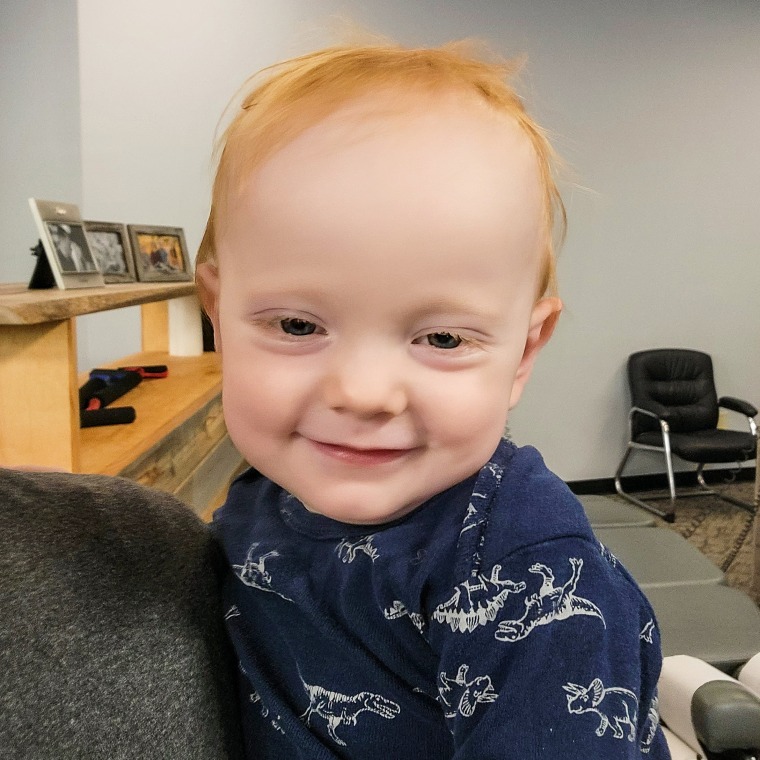
These parents, many of whom have experienced the horror of learning that their children have rare diseases for which earlier intervention might have made a difference, say screening babies for more conditions could save lives.
The Department of Health and Human Services recommends that newborns get screened for 37 disorders, including cystic fibrosis and Pompe disease, as well as 26 other related disorders. Krabbe disease isn’t on the list.
According to HHS, states largely follow the recommended list, and some screen for additional disorders. Ten states, for instance, test for Krabbe.
Dr. Michael Warren, the associate administrator of HHS’ Maternal and Child Health Bureau, said newborn screenings identify around 12,000 babies a year with conditions that might be life-threatening or life-altering.
But according to the EveryLife Foundation for Rare Diseases, a nonprofit advocacy group, no state screens for all 37 primary disorders. Nevada, for instance, screens for 31. New York, which has one of the most comprehensive programs, tests for Krabbe disease and all federally recommended conditions except one, Hunter syndrome.
But even if all states followed the federal list, several disease experts said, it would barely scratch the surface of disorders that warrant testing and treatment.
Dr. Robert Green, a geneticist at Brigham and Women’s Hospital in Boston and Harvard Medical School, published research last month that identified 649 treatable diseases linked to single genes.
“What was once untreatable is becoming treatable,” Green said.
The case for more genetic screening
Doctors who treat Krabbe say the benefits of early screening would be manifold.
“It is one of those diseases where you’re kind of shocked that it’s not screened,” said Dr. Maria Escolar, a pediatrician at the University of Pittsburgh who specializes in neurodevelopmental disabilities.
Doing so, Escolar said, would enable more infants with Krabbe to enter clinical trials, which in turn could demonstrate the efficacy of additional treatments. Already, early stem cell transplants allow some babies to live into their teens and walk without wheelchairs, she said.
Dr. Melissa Wasserstein, the chief of pediatric genetic medicine at The Children’s Hospital at Montefiore Medical Center in New York City, said she, too, is a “firm believer in earlier detection and earlier availability of therapies” for Krabbe and other conditions.
Wasserman runs a pilot research program in New York that screens babies for 14 disorders not in the state’s routine panel. The program plans to enroll more than 100,000 babies within the next few years, aiming ultimately to gather data in support of adding more conditions to state or federal screening lists.
“As a medical geneticist who treats children with these disorders, I think that all of them are relevant and important for newborn screening,” Wasserstein said, adding, “One of the goals is that we can really help facilitate and move that process along quicker by giving them a lot of pre-made data.”
Wasserstein highlighted metachromatic leukodystrophy, or MLD, as another condition for which new treatment advancements support screening. The disease causes severe damage to the brain and the nervous system.
A gene therapy for MLD is already approved in the European Union and the U.K., and it “seems to have amazing efficacy at what is otherwise really a progressive, fatal disease,” she said.
Barriers to expanding genetic screenings
Getting a condition added to the federal Recommended Uniform Screening Panel is a heavy lift, said David Barrett, the CEO of the American Society of Gene and Cell Therapy.
“There has to be a treatment for the condition and a validated lab test,” he said.
Sometimes, even meeting those requirements isn’t enough. For example, Leber congenital amaurosis, a rare genetic eye disorder, isn’t on the federal list even though the Food and Drug Administration approved a gene therapy for it in 2017.
Dylan Simon, the director of policy at the EveryLife Foundation, said that in deciding which conditions to include, HHS considers the rate of false positives and looks for evidence that treatment before symptoms appear improves a prognosis.
But that data is often hard to come by, Simon said.
“If it’s a rare disease, it’s hard to gather all the evidence because of the very nature of the disease, so it’s a little bit of a Catch-22,” he said.
Green also pointed out that even when a genetic condition can’t be treated, a diagnosis may still be useful.
“Let’s say it’s a mutation for a heart problem. You don’t necessarily have to go and do crazy surgery or workup, but if that child starts having fatigue or fainting spells or something, you’ve got line of sight to one of the earliest clues,” he said.
Genetic testing even altered the course of a legal case this month: After having spent 20 years in prison in the deaths of her four children, an Australian woman was pardoned following the discovery that two of the children had a genetic mutation that can result in sudden cardiac death.
Krabbe: A ‘glaring omission’ from the federal list
The Hutchinsons hope to eventually get Krabbe added to the federal newborn screening guidelines. Simon said his foundation considers it “one of the glaring omissions” from the list.
But the disease is a prime example of the challenges in expanding the recommendations. The Advisory Committee on Heritable Disorders in Newborns and Children, which determines which conditions are suggested for screening, has opted twice not to add Krabbe.
The most recent vote, in February, was a tie, which meant Krabbe couldn’t be included. Some committee members expressed concerns about the risks of stem cell transplants — such as life-threatening infections — as well as the feasibility of intervening before the disease progresses too far.
“The committee had a difficult time with this, and that’s reflected in the vote,” Warren said.
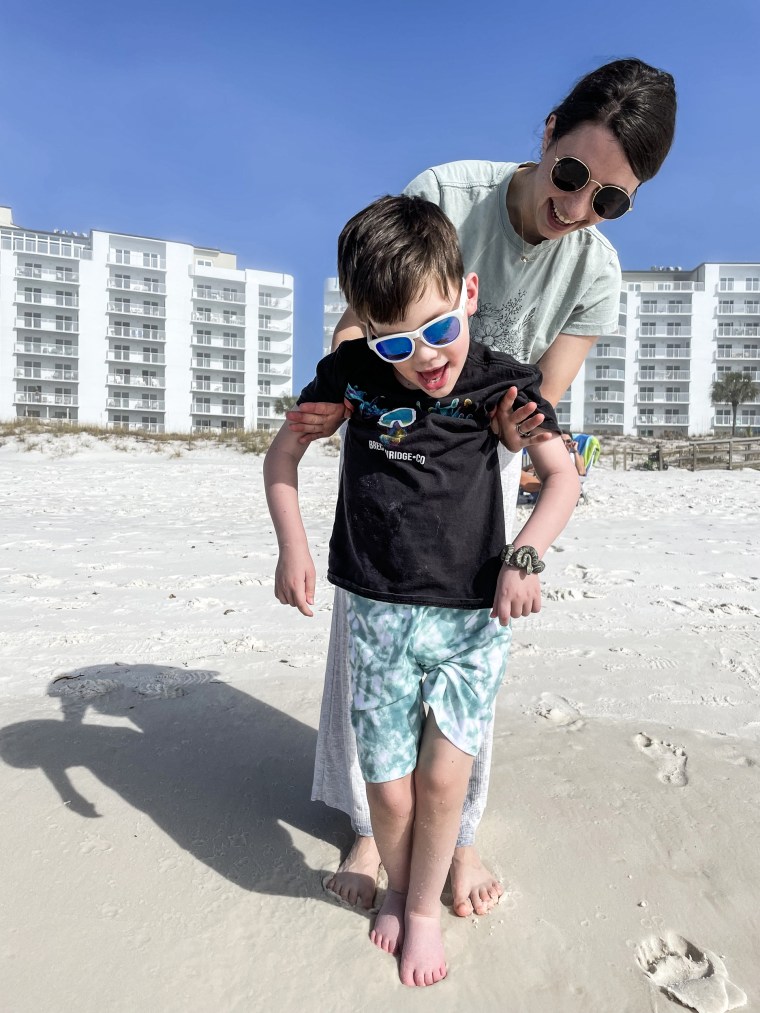
Sloane Kirbo said she has often wondered what her son Cloud’s life might have looked like had he been screened for Krabbe disease at birth.
Cloud lost the ability to walk, sit up or feed himself within a month when he was 3.
The Kirbos live in Georgia, where a 2017 law gave parents the option to ask for Krabbe tests. But Cloud was born the year before, so he wasn’t eligible.
“Our biggest thing was like, ‘Oh, my gosh, if he just would have been born in a different state, he wouldn’t be wheelchair-bound,'” she said. “He wouldn’t have to be home-schooled. He wouldn’t have to go to therapies every single day of the week.”
Kirbo said most parents didn’t know to ask for the test anyway. Her family petitioned in 2020 to have Krabbe officially added to Georgia’s newborn screening panel. The state opted for a three-year pilot program that ends next year but could be renewed.

Idaho, where Piper Morse and her son Grayson live, doesn’t do Krabbe screenings at birth. Grayson was diagnosed before he turned 1, and he got a lifesaving stem cell transplant, but he relies on a feeding tube and can’t talk or stand on his own.
“Every minute of the disease with symptoms is like a year — they progress so fast,” Morse said. “You want that diagnosis and you want that transplant as fast as possible.”





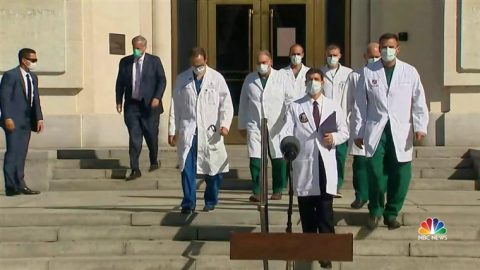
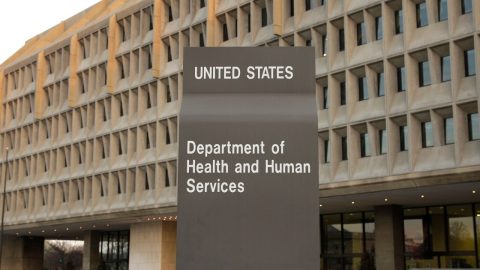
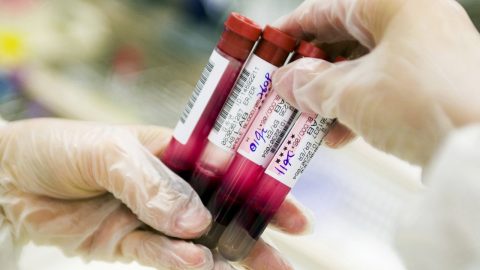

Recent Comments